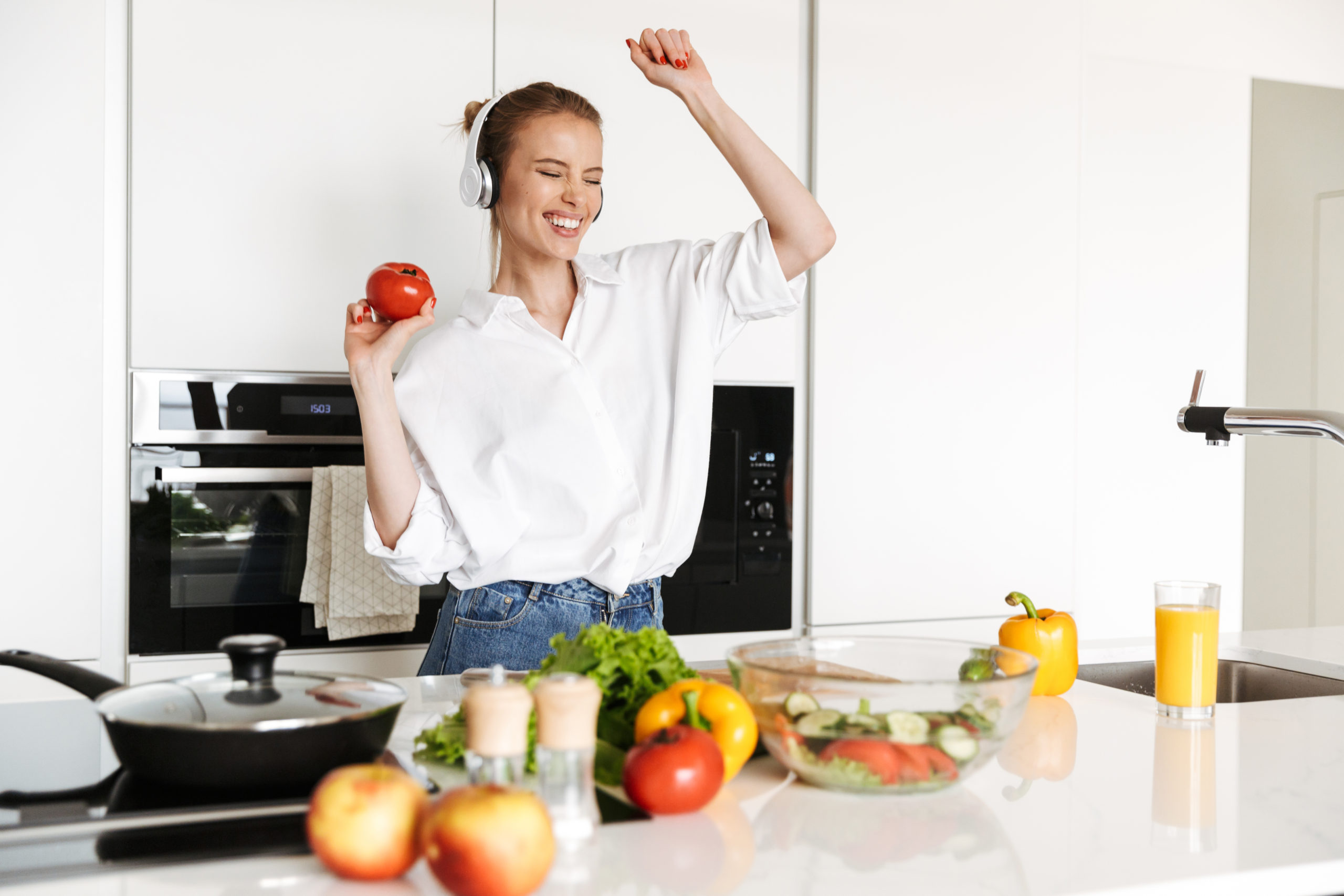A Dancer’s Guide to Boosting Energy
Dancers are artists. They’re also athletes and as a result, must actively stay ahead of their schedules in order to promote long-lasting energy for hours of rehearsals and performances. From what foods you eat to how you eat throughout the day, there are several factors that can impact or impede your energy levels. Let’s discuss a few tips to ensure that you’re building a high-powered performance throughout the day.
Consider Quality Over Quantity
First, you’ll want to build balanced meals and snacks that incorporate a source of each macronutrient: carbohydrates, protein, and fat. Here’s why:
- Carbohydrates replenish muscle glycogen, which fuels your movement. Choosing complex versions that are higher in fiber, such as fresh fruits, oatmeal, and whole-grain toast will offer you more nutrition per bite. Fiber slows digestion, resulting in a slow and steady release of their energizing sugars. This translates into steady energy levels for longer periods.
- While protein provides the building blocks needed for muscle recovery, it also helps to keep you feeling full. Additionally, fats promote satisfaction after meals. Feeling hungry while dancing will not benefit your energy levels. Therefore, a balanced plate that pairs a source of protein and/or fat with your carbohydrates is the goal. Great sources of both proteins and fats include hard-boiled eggs, cheese, chickpeas/ hummus, nut/seed butter, guacamole, and plant oils such as olive oil.
Size Down
Small and frequent meals and snacks will help to keep your energy up without causing you to feel bloated and sluggish while dancing. Create a plan to disperse your meals and snacks into about five or six smaller eating times throughout the day. Save your larger meals for after dancing, such as with a post-performance dinner.
Time Wisely
Optimize your pre-exercise meals with easily digestible carbs, as these offer the most accessible energy for your dancing. Fruit is a great choice within the hour prior to your class. As for recovery, you’ll benefit most from a balanced meal within the 30 minutes-to-one hour after dancing. If your days are busy, then you’ll need to plan ahead. Toss a few snacks into your dance bag before leaving home. My favorites? KIND’s nut-based bars and Justin’s Peanut Butter Squeeze Packs, which can be paired with whole-grain crackers or an apple.
Hydrate
Start your hydration goals early. After waking up, aim to drink at least 1, 8-ounce glass of water. Choose a reusable bottle to actively hydrate throughout the day and remember: feelings of thirst might not be your best reminder to hydrate since thirst is a late sign of dehydration. Not a fan of water? Add lemon or orange slices to your water bottle for taste.
While water from fluids contributes up to 80% of our daily fluid intake, certain foods can help to boost your water intake. How? Think about fresh foods. Create a colorful salad for lunch, choosing fresh fruits and veggies such as cucumbers, lettuce, radishes, and tomatoes.
Access Your Sugar and Caffeine Load
While sugar is technically energizing, there are instances when high-sugar foods might not serve your dancing. Insulin, a hormone that moves sugar away from your blood and into your working muscles, is released in response to your food intake. Eating an excessive amount of sugar can lead to a surge in insulin, which is then followed by a sudden drop in blood sugar. If you’re feeling tired and sluggish midway into your class, it could be a sign that you need to scale back on your pre-dancing sugar load.
As for your morning cup of joe, while small doses of caffeine have been found to improve overall performance, be aware that excessive amounts can impact sleep and leave you feeling jittery. Aim for no more than 2 cups of coffee daily. Since caffeine is present in other foods and drinks, be mindful of your intake of caffeinated teas, sodas, and even chocolate.

